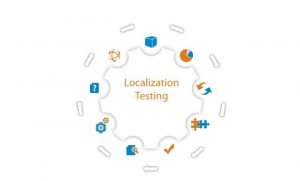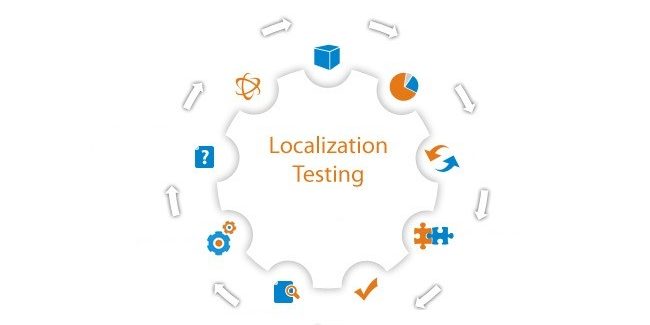 If you do decide to localize, you should be familiar with the scope and purpose of localization testing. Localizers translate the product UI and sometimes change some initial settings to adapt the product to a particular local market. This definitely reduces the “world-readiness” of the application.
If you do decide to localize, you should be familiar with the scope and purpose of localization testing. Localizers translate the product UI and sometimes change some initial settings to adapt the product to a particular local market. This definitely reduces the “world-readiness” of the application.
What is Localization Testing?
Localization Testing is a type of software testing that is performed to check system or software application for a specific geographical and cultural environment. Localized product only supports the specific kind of language and is usable only in specific region. The purpose of doing localization testing for a software is to test appropriate linguistic and cultural aspects for a particular locale. It is the process of customizing the software as per the targeted language and country.
Key Factors to Consider on Your Localization Test
Your localization test will review various fundamental aspects of the software’s functionality. Successful localization testing means that the software will work well for its intended users. On the other hand, if the localization test turns up any bugs or other issues, these can be addressed prior to the product being finalised. This is what makes localization testing such a valuable part of the localization process.
Features of Localization Testing:
- Localized user interface:
It tests if the user interface is affected by local, in order to say that the user interface is designed in such a way that it is comfortable for specific people. - Localized content:
Different contents that are in-built in the application are adapted according to the local culture and the test is performed to check whether they are comfortable for locals. - Specific Language:
Test is performed to check the language supported by the application in order to know the software’s compatibility with the language of the specific region. - Hardware Compatibility:
Hardware compatibility test is performed to test the compatibility of the software and the hardware toward the specific region.
How to perform localization testing
Your goal when testing localization is to make sure that content loads in the correct language. Your translation shouldn’t take away from the overall user experience of your app or website. When you’re ready to test, start with a testing checklist. This should include all the information, context, and variables for which you localized. It also provides you with a reproducible framework for all your testing efforts.
Advantages of Localization Testing:
- Localization testing reduces the overall testing cost.
- Localization testing reduces the overall support cost.
- It helps in reducing the time for testing.
- Localization testing has more flexibility and scalability.
Disadvantages of Localization Testing:
- Localization testing requires a local expert to perform it.
- It is expensive to have the local translator.
- There might be schedule challenges for the tester.
The quality of the agency that you use for your localization testing can make a huge difference to how smoothly the process runs and how effective it is at picking up any defects or bugs that you need to address.
sum up some points:
- Ensure that you undertake localization testing before launching your website or software in a new region.
- Make a strategic decision on whether to undertake the testing in-house or through an agency.
- If using a localization agency, be sure to select one with plenty of experience.








